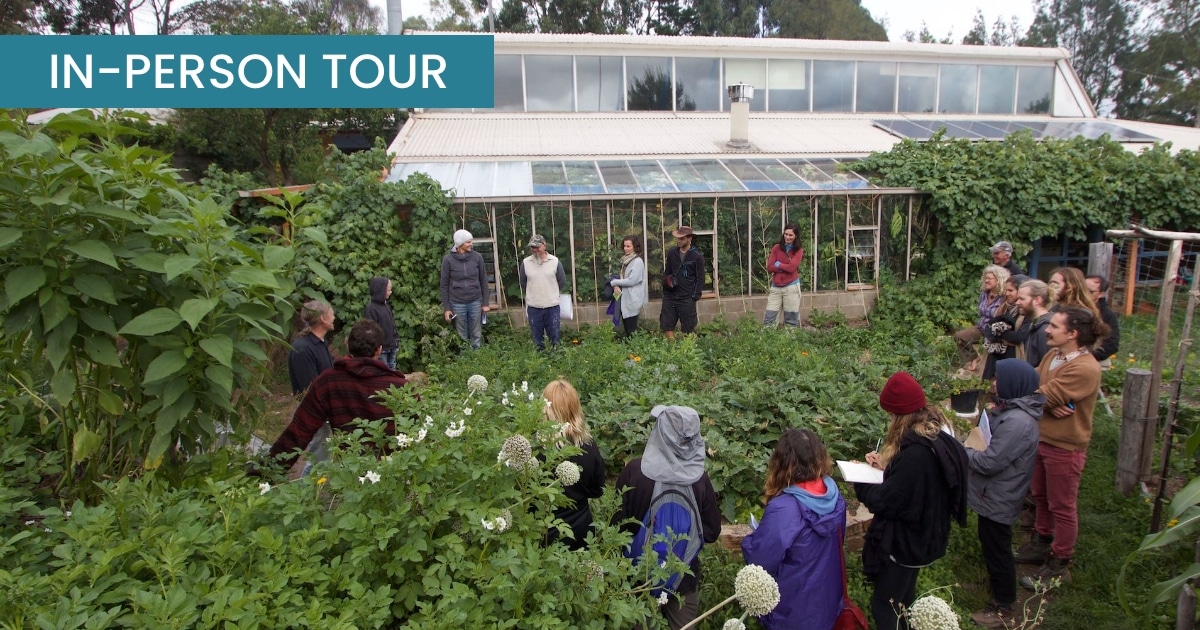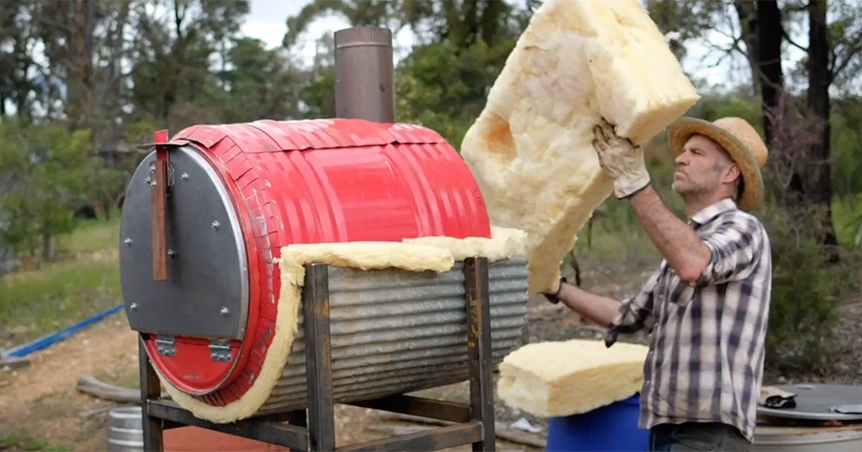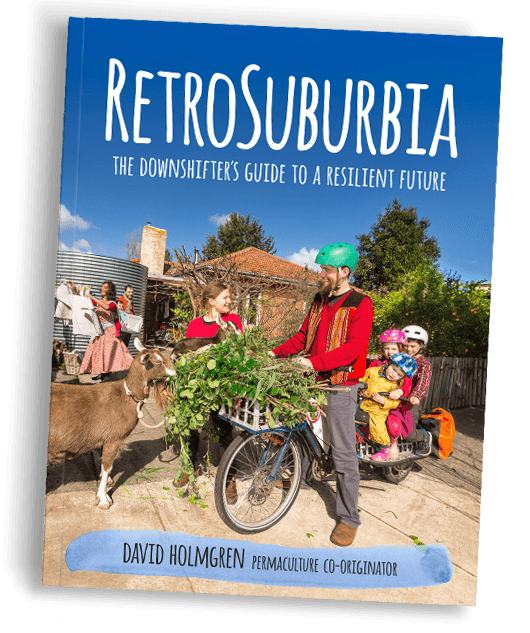This press release from 2011 about flood resilient design is topical again. A few differences can be noted. My prediction
…that blowouts in the cost of fuelling excavators and buying the massive quantities of herbicides used to kill streamside vegetation will end willow removal programs within a decade…
have yet to materialise although the indications are now stronger than ever.
Leaving aside the interactions between resource depletion, geopolitics and global finance, it does seem that the ideological fervour for large scale willow removal in our region has abated somewhat. Maybe it’s a result of several factors including;
- the lessons from nature becoming clear to land managers
- the mounting evidence of the benefits of willows from scientific research
- the growing distaste with the corrupting sponsorship of Landcare by Monsanto, the producers of Roundup, now proven (in court cases) to be carcinogenic.
In the latest floods, the areas denuded of willows have again suffered substantial damage while the intact areas have weathered the storms and continue to slowly grow valley floor alluvial flats back towards their pre gold era level.
Our work in building leaky weirs on our gully has continued apace and been replicated by others on similar gold eroded gullies around Hepburn and Daylesford that receive strong urban storm water flows.
This focus on flood resilient design is simultaneously aimed to maintain hydration and stream base flows through droughts and so allowing our deciduous tree dominated stream corridors to function as landscape firebreaks just as Spring Ck did in the 2019 drought and bushfire.
These actions can be seen as obeying the Mollisonian injunction that “every (design) element should serve more than one function” and reflecting the more universal permaculture design principle “Integrate Rather Than Segregate” in everything we do.
That there is considerable overlap between permaculture responses to flood and fire resilient design reflects a deep listening to country, holistic and uncorrupted science and old fashioned common sense.
The following historical painting, and current photos of Spring Ck plus current photos and video a few kilometers downstream at Excelsior Bridge in the Jim Crow Ck (now Larni Barramal Yaluk) show the ongoing impact of willow removal discussed in the 2011 press release.




Complex distributed depositional riparian system dominated by willow and European ash upstream of Excelsior Bridge after peak flood, no damage. The destruction of this novel ecosystem by North Central Catchment Management Authority was stopped by local heritage activist Dave Endacott.






















1 thought on “Flood Landscapes Revisited October 2022”
Thank you David for bringing the awareness to how Permacultre principles and systems can mitigate the flood drought extremes. We live on a north facing 12-15 degree slope in the northern rivers. Despite the subtropical climate here, keeping the land hydrated in dry times was a challenge. At the same time, we live in very high rainfall country so catching ground water can be almost dangerous at times of flooding. Attached is a link demonstrating how we used Permacultre design to strike a balance of the extremes of the dry and wet cycles. This system managed 2000mm of rain in 7 days with an isolated 770mm in 24hrs with no damage or even slight erosion in the recent 2022 floods.
https://youtu.be/HfBWPn3BMxk
I hope this can inspire people to embrace the challenging climate conditions we are facing ahead and see the potential to harvest these abundant events rather then focus too much on the problems (we’ve seen more growth and fertility blossom in the past 12mths then the previous 3-4yr drought that preceded). Due to the succession taking place in these systems too, we are now also much more fire resilient (obeying the Mollisonian injunction that “every (design) element should serve more than one function”).
Thanks again!
Cheers,
Adam